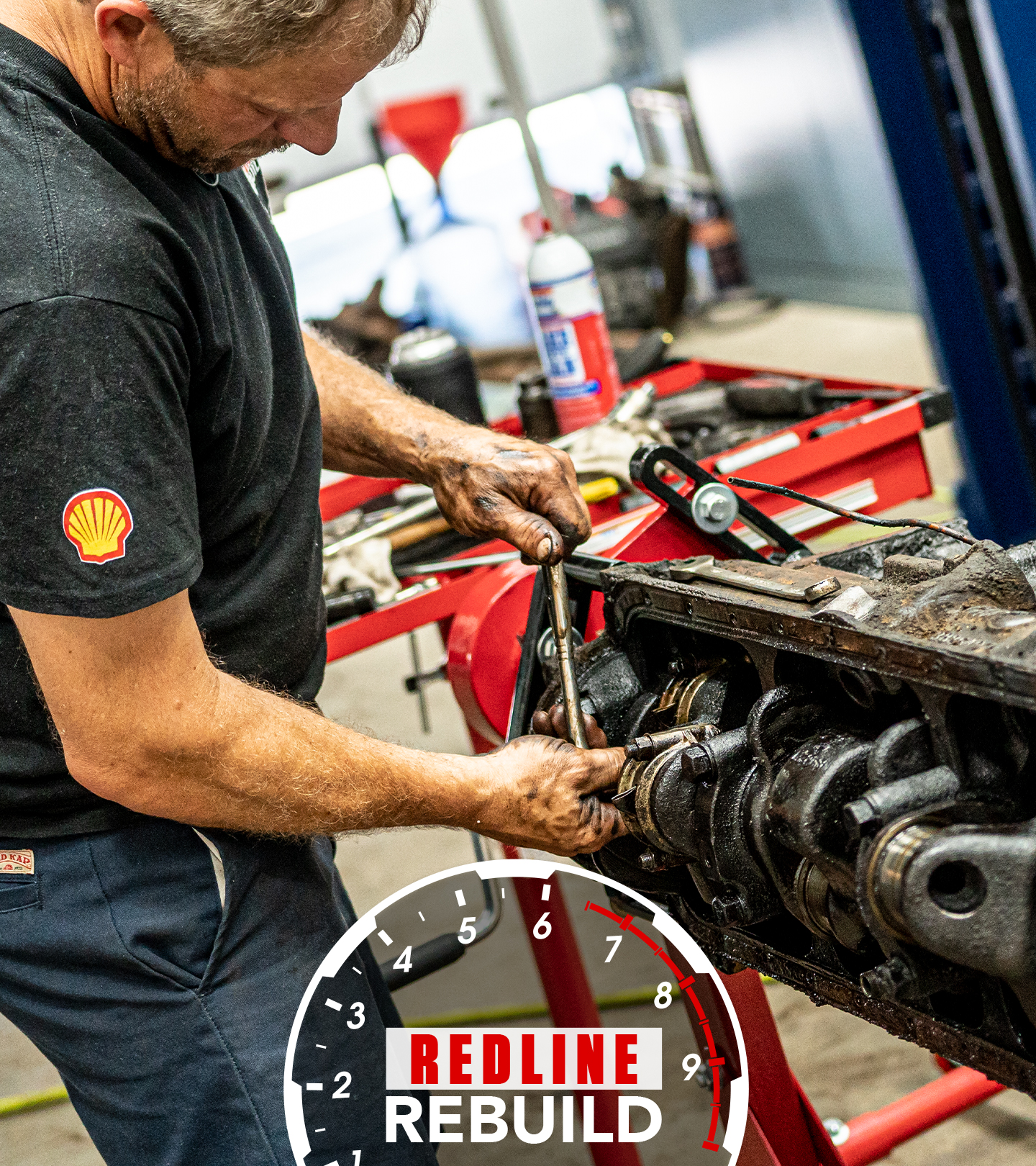Enjoy Four-door sedan stories, opinion, and features from across the car world - Hagerty Media
As an automotive designer, Richard Vaughan appreciates the simple beauty of the Aston Martin Lagonda, which definitely was not what Peter Sprague had in mind when he bought the bankrupt automaker in 1975 and rolled out the four-door sedan.
“His idea was to come out with the most advanced, space-aged car that anyone could imagine—the first car ever to have digital instrumentation,” Vaughan says in Hagerty’s latest Why I Drive video, and in that regard Sprague succeeded. “It looks like a giant calculator in front of you… You feel like you’ve been transported to the 1980s.”
But that isn’t why Vaughan loves the car so much.
“When people think [of a] four-door Aston Martin these days, they think of the Rapide, but before the Rapide, there was the Lagonda,” Vaughan says. “In 1975, nobody had ever seen anything like it. Cars were very decorative, over-bodied, often ill-proportioned—and the Lagonda is the opposite of that. It’s the essence of purity of line and simplicity.”
Growing up, Vaughan was the kid who was always drawing cars in class, and he eventually turned that passion into a career. Before that, he remembers peeking through the windows at the local Aston Martin dealership and dreaming of owning a hand-built Lagonda someday. That dream is now a reality, and he can’t imagine ever being without the “classically proportioned” luxury vehicle.
“The wheelbase is very long, the ride is extremely smooth, and you’ll notice that the tires are very tall, so you don’t feel any imperfections in the road,” he says. “It handles extremely well for a car of that era, almost as if, as they say, it’s on rails.”
The ’84 Lagonda, one of fewer than 650 built, has the “Desert Touring Package,” which includes two air-conditioners, “because so many of the original owners were Middle Eastern royalty… A car that cost $150,000 in 1984 had to be good.”
Although Vaughan jokes that the “ownership history of Lagonda reads like a who’s who of third-world dictators, criminals, despots, and the titans of industry,” he’s all-too happy to be a member of the Lagonda club.
“I drive it as much as I possibly can,” he says. “I’m never going to sell the car. It’s my dream car. For me, it represents more than just transportation.”










